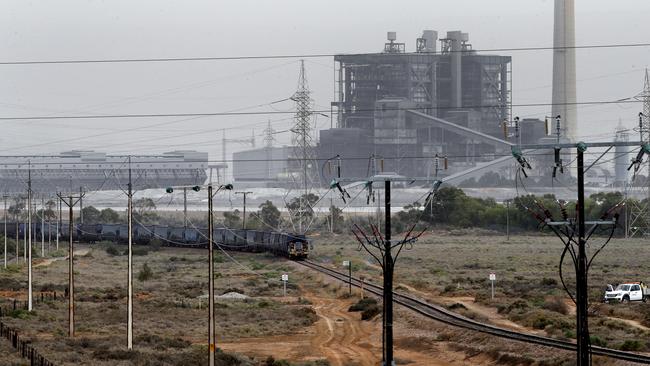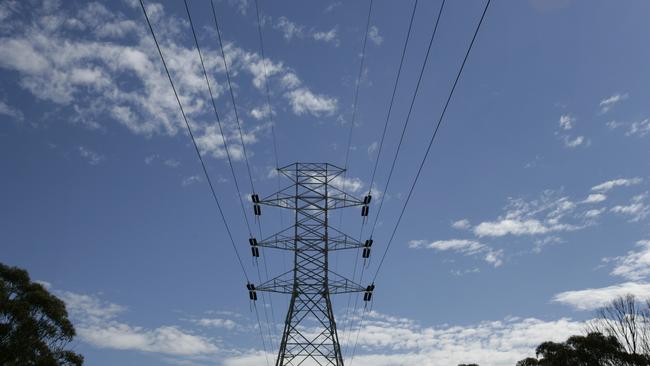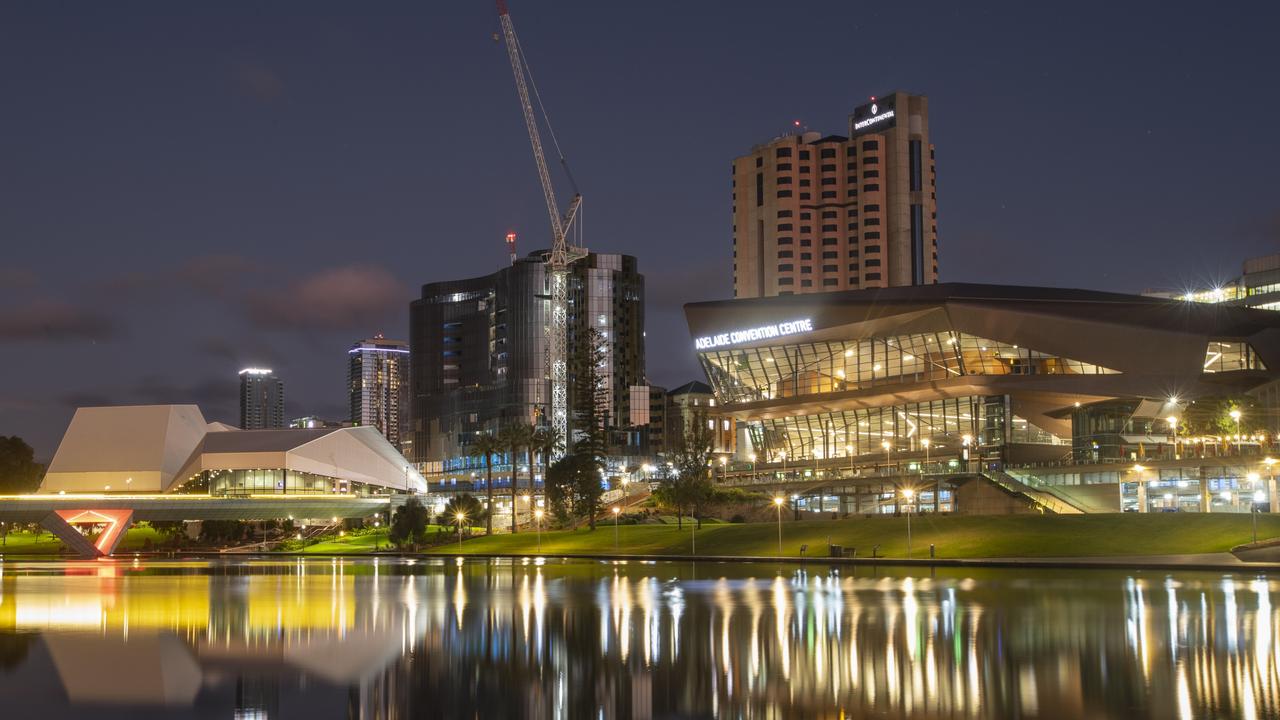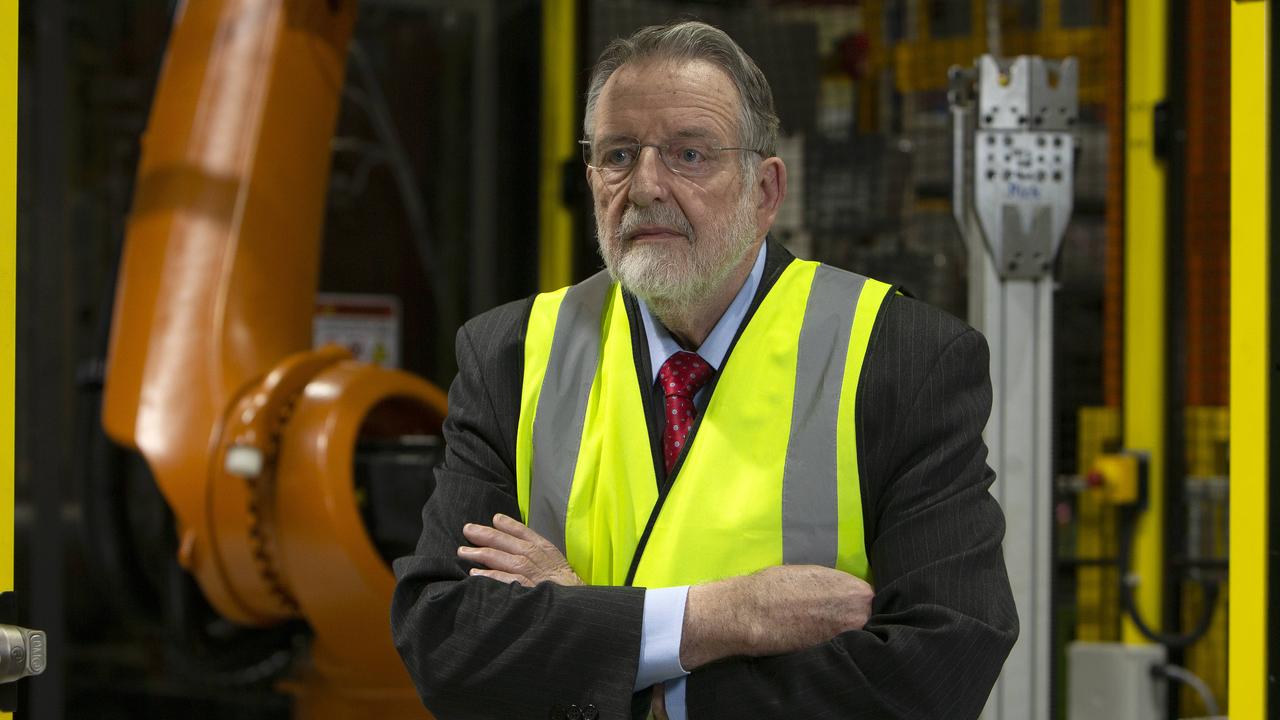Electricity bills in South Australia already nation’s highest, set to increase further as months get colder
AGL fired the first salvo with an average increase of $230 a year. Then Origin followed suit with a $117 annual rise. More are expected to follow suit in a seeming inevitability for SA consumers.
SA Business
Don't miss out on the headlines from SA Business. Followed categories will be added to My News.
AS South Australians turn their airconditioners on their warmest setting this winter, news of electricity bill hikes from two of the nation’s largest retailers is of little comfort.
AGL fired the first salvo on Wednesday announcing an average increase of $230 a year and yesterday Origin revealed bills would jump by $117.
More are expected to follow suit in a seeming inevitability for consumers who are burdened with nation’s highest power prices.
The price hikes prompted the inevitable finger pointer from politicians — the Liberal Opposition blaming SA’s reliance on renewable energy, the State Government sheeting blame at greedy retailers and the privatisation of ETSA.
AGL blamed the hike in part on the cost and availability of coal and gas supply for electricity generation and closure of the Port Augusta power station.
Whatever the reason South Australians are hurting.

The average electricity price in SA — comparing standard and market prices — has increased by almost $1000 in the seven years to $2308 as of July last year, according to analysis by St Vincent de Paul and energy market consultancy firm Aviss Consulting released in September.
The difference in power prices between SA and the ACT — which has the lowest prices — was $350 in 2009 — it’s now $1000, the National Energy Market — Still Winging it report says.
St Vincent de Paul manager of policy and research Craig Dufty says since the deregulation of the electricity markets in Victoria and to a lesser degree in SA — which entered full deregulation in 2013 — the savings gap between those on market contracts and those on standing contracts was stretching.
“The price between the best and worst price gets bigger and bigger and bigger — those who are shopping around are doing okay,” he says.
“What we need to do is reshape the rules to get more competitive pressures on the market to ensure those who aren’t participating (shopping around) don’t get creamed or screwed; such as the aged pensioner out there who is trying to get on with their life shouldn’t have to pay above the odds.”
Treasurer Tom Koutsantonis, an AGL customer, has urged customers to switch companies.
But people are not heeding that advice. The Vinnies analysis reveals the number of South Australians switching providers is on the slide from just over 15,705 in 2012 to about 10,896 last year.
“We have an energy retail market that ensures customers are paying over the odds for an essential service unless they annually dedicate time to compare energy plans or retailer,” the report says.
“At the same time there is an acknowledgment that understanding energy prices and plans can be quite difficult for consumers.”

One Big Switch campaign director Joel Gibson says among issues for South Australian consumers is that there was not enough competition in the market.
“There are not as many providers as there are in other states and the more providers are better, he said.
“AGL has got half the market, that automatically makes it less competitive. Deregulation is only a couple of years old in SA ... there is still a substantial part of the market either unaware of the savings that are out there for whatever reason and they are not taking them up.”
He says the difference between a standing offer and the best market offer is somewhere about $500.
“The lack of clear baseload generation is a massive factor in the prices, there’s no doubt about that, Alinta closing (Port Augusta) is a massive issue,” Mr Gibson says.
Premier Jay Weatherill has in part blamed the privatisation of the electricity market for SA’s electricity prices, although yesterday he said South Australia’s push for renewable energy was also driving up prices in the short term.
“We’re working on solutions and the reality is we’re first into what the rest of the nation and the rest of world is going to have to do and that is to have a cleaner electricity system,” he told 891 ABC Adelaide.
“Up to this point, we haven’t been successful in getting a national electricity market that actually supports renewable energy.”
The Australian Energy Regulator’s State of the Energy Market, released in December, found that that SA is prone to volatility in electricity supply.
“Relatively concentrated generator ownership, generator rebidding behaviour, thermal plant withdrawals, and limited import capability are contributing factors,” it says. “South
Australia’s high levels of wind capacity also contribute to wholesale price swings, due to wind’s intermittent nature.”

The AER says that an interconnector to Victoria’s Heywood power plant, scheduled for completion next month, will help “mitigate tightening supply” but that total capacity for SA will be “significantly lower in 2018 than 2015”.
The State Government announced on Tuesday it would contribute $500,000 towards a feasibility study for a second interconnector to help drive down prices.
Business SA chief executive Nigel McBride says the interconnector is welcome to ease cost pressures on business, but as it would not be ready by 2020 in a “best case” scenario, the state and federal governments must consider “all other options” to ease pressure on power prices.
Energy consultant Terry Kallis, who co-developed the CERES wind farm on the Yorke Peninsula and was a senior executive with ETSA, says at present the National Electricty Market pays power generators for the electricity they produce, not the capacity they have in the system.
He says this should be reviewed to encourage investment in more baseload power generators and potentially smooth out pricing volatility.
“People hope that the market design will continue to achieve (saving) results but the problem is we are a very small part of that, we have a small number of players in the market whether it’s generation or retail,” he says.


